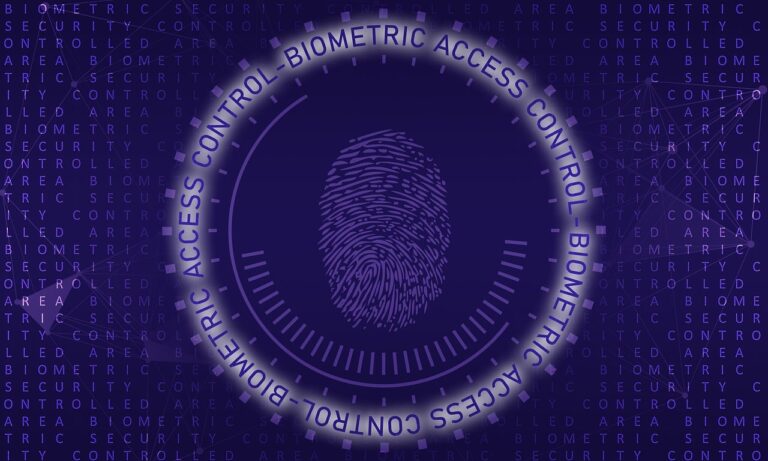UAT-5918 Threatens Taiwan’s Critical Infrastructure with Web Shells and Open-Source Tools
Have you ever wondered about the complex cybersecurity threats facing national critical infrastructures and how vulnerable they might be? Imagine the potential chaos a targeted cyber-attack could stir up, especially when advanced persistent threats are involved. Today, let’s walk through the intricacies of one such actor making headlines: UAT-5918, which poses a significant threat to Taiwan’s critical infrastructure.

Understanding UAT-5918
UAT-5918 is no ordinary cyber threat actor. It’s an advanced persistent threat (APT) group that has been on the radar of cybersecurity professionals since 2023. This group’s activities focus on compromising critical infrastructure sectors in Taiwan, causing concern among security experts and stakeholders alike. But what drives UAT-5918, and what makes it so effective?
The Motivation Behind UAT-5918
The primary focus of UAT-5918 appears to be establishing long-term access in victim environments. Their goal involves not just an initial infiltration but also maintaining a sustained presence. It’s a bit like an uninvited house guest who not only lets themselves in once but plans to stay indefinitely, snooping around and taking what they please. The primary activities involve information theft and credential harvesting, which can have far-reaching consequences — not only for the organizations directly impacted but for broader national security as well.
The Tools of the Trade
UAT-5918 employs a crafty blend of web shells and open-source tools. By exploiting known vulnerabilities or N-day flaws in unpatched web and application servers, this group gains the initial access required to launch their activities. It’s essentially like finding an unlocked window to your house, giving them an opportunity to slip inside quietly.
Web Shell Usage
Web shells are a potent part of their arsenal, serving as backdoor entries for UAT-5918 to establish multiple points of access in compromised systems. Tools like Chopper web shell, Crowdoor, and SparrowDoor are utilized for this purpose. Chopper is especially notable for allowing the attackers to command and control the infiltrated networks effectively.
Open-Source Tools
Once inside, UAT-5918 doesn’t rely on flashy, proprietary tools. Instead, they cleverly manipulate open-source utilities. These include the use of Fast Reverse Proxy (FRP) and Neo-reGeorge to set up reverse proxy tunnels, granting them remote access to compromised endpoints. Additionally, well-known tools like Mimikatz, LaZagne, and a browser-based extractor called BrowserDataLite are utilized for credential theft and data phishing activities.
Table of Common Open-Source Tools Used by UAT-5918:
| Tool Name | Purpose |
|---|---|
| FRP & Neo-reGeorge | Setting reverse proxy tunnels for remote access |
| Mimikatz | Credential theft by dumping passwords from memory |
| LaZagne | Extracting passwords stored on local machines |
| BrowserDataLite | Harvesting login info, cookies, and browsing history |

Beyond Initial Access: Data Manipulation
The initial intrusion by UAT-5918 is just the beginning. Once they achieve access, they put their focus on reconnaissance, gathering system information, and moving laterally within the network. It’s not just a one-and-done operation; it’s an ongoing campaign to glean as much valuable information as possible. They may rifling through both local and shared drives to find sensitive data.
Credential Harvesting Techniques
Credential harvesting is a major component of their operations. By obtaining login credentials, UAT-5918 can deepen their access — think of it as getting the keys to other locked rooms within a house. They employ various methods, including using Mimikatz for memory scraping and BrowserDataLite for information extraction from web browsers.
The Implications of Targeting Taiwan
Targeting Taiwan’s critical infrastructure is worrisome, mainly because it indicates a deliberate effort to disrupt essential services. Beyond the immediate impact on individuals and organizations, there are broader geopolitical implications. The activities of UAT-5918 show tactical overlaps with other known Chinese hacking groups like Volt Typhoon and Flax Typhoon. This raises concerns about potentially state-sponsored cyber activities aimed at geopolitical maneuvering.
Threats to Various Sectors
While critical infrastructure is the primary target, UAT-5918 doesn’t limit itself to this vertical. The group has successfully infiltrated the information technology sector, academia, telecommunications, and healthcare. Each of these sectors holds a treasure trove of data and operational elements critical for the nation’s functioning.
Table of Targeted Sectors by UAT-5918
| Sector | Impact Potential |
|---|---|
| Critical Infrastructure | Disruption of essential services |
| Information Technology | Exfiltration of sensitive data; disruption of operations |
| Telecommunications | Compromise of communication channels |
| Academia | Loss of intellectual property and research data |
| Healthcare | Breach of patient data and healthcare operations |

Defensive Measures and Response Strategies
Protecting against a sophisticated APT like UAT-5918 requires a multi-layered approach. It’s not just about sealing entry points but also about proactive monitoring and response. Organizations need to regularly update their systems, patch known vulnerabilities, and employ strong cybersecurity practices like network segmentation and endpoint protection.
Proactive Monitoring and Incident Response
A vigilant approach to cybersecurity means not waiting for a breach to occur before taking action. Real-time monitoring tools can provide alerts when there’s suspicious activity, allowing for swift action. In the unfortunate event of a breach, having a robust incident response plan that includes containment, eradication, and recovery protocols is crucial.
Strengthening Cyber Defenses
Regular training for employees on security best practices, including recognizing phishing attempts and proper password management, is essential. Employing advanced cybersecurity frameworks like Zero Trust Architecture can also help ensure that even if one segment of the network is compromised, it doesn’t automatically grant access to the entire system.
Conclusion: The Path Forward
The story of UAT-5918 is a reminder of the ever-evolving landscape of cybersecurity threats. As Taiwan contends with these challenges, the global community can learn important lessons and improve its defenses. Continuous improvement, awareness, and collaboration across sectors are key to staying ahead of such threats.
In closing, it’s evident that UAT-5918 isn’t just a one-off danger but a significant pointer toward the future of cyber threats. Ensuring secure, robust infrastructures isn’t just about technology; it’s about foresight, preparation, and resilience. How are you preparing for the evolving digital threats that lie ahead? The better prepared you are today, the more secure we can be tomorrow.








